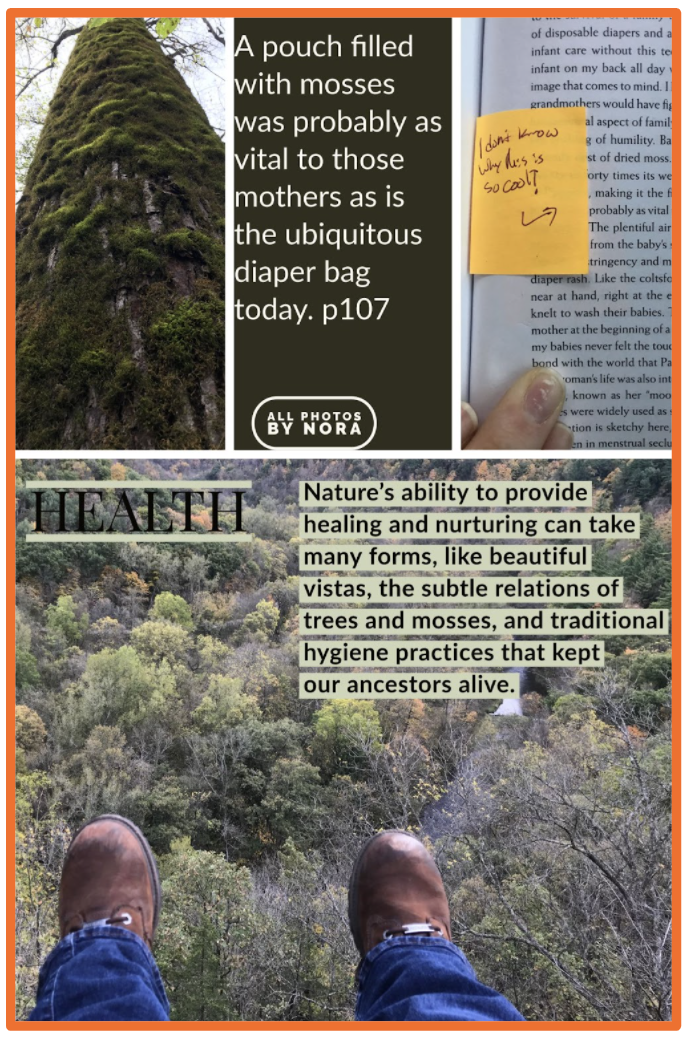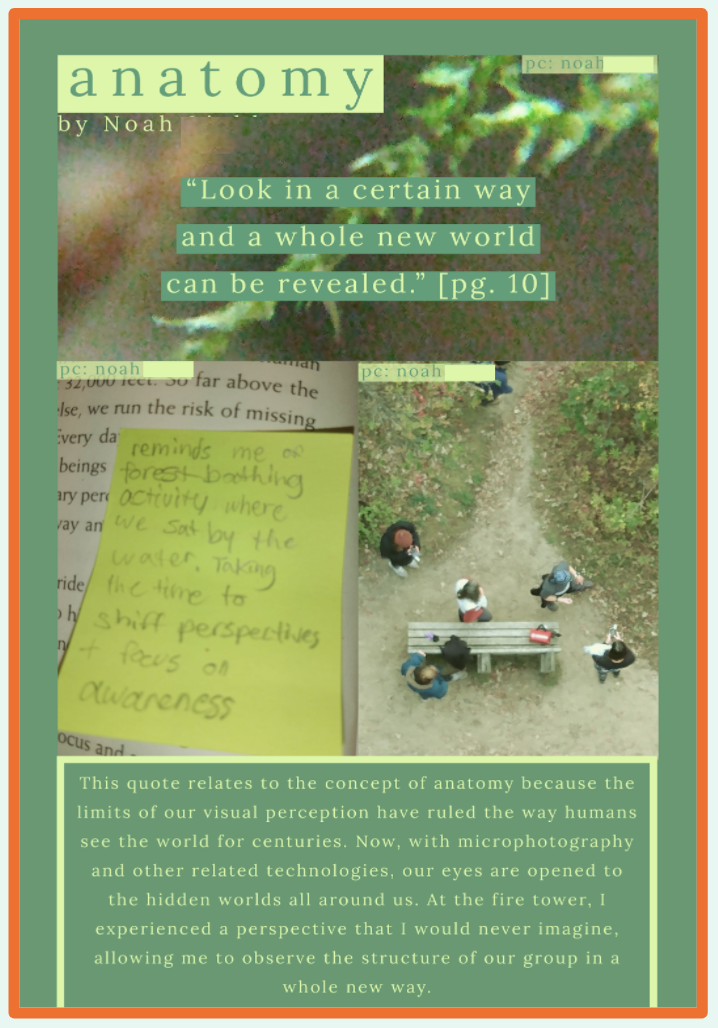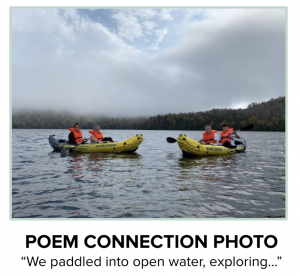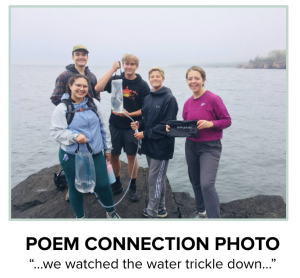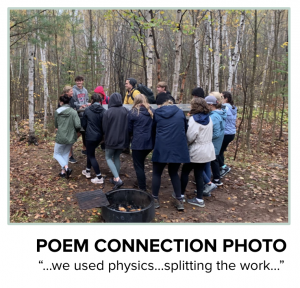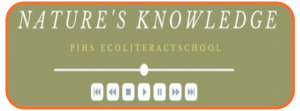Art & Media Immersion in Health Science
Jessie Barnett Schimek
This chapter is curated to elicit a sense of wonder for our natural world and share the work of students who explore health science through media and art. It also contains a photography-based synthesis assignment that instructors can tailor to fit their own topics!
I think of this chapter as a gallery of “durable memories” created by students. Memories from education that impact how a student sees the world and makes decisions years after a class has concluded are “durable memories”. Often, we make “durable memories” by doing, leading, connecting, and applying — learning through action and reflection. This is learning that lasts.
As an IonE Educator, I designed a digital art-based curriculum for college and high school students in the UMR EcoliteracySCHOOL (Ecoliteracy Students Collaborating in Health-Oriented Outdoor Learning) program. EcoliteracySCHOOL incorporates experiential learning that engages undergraduate students in public health leadership while mentoring high school students interested in the health sciences. Students are encouraged to take risks within the interactive experience as they make connections between health science and the environment. I worked to bring photography to the forefront as one of several memory making and reflective artistic processes for EcoliteracySCHOOL student leaders.
Photo Connections Assignment
This section shares examples of students’ Photo Connections Assignment art-based learning for an environmental public health class — and the assignment guidelines that instructors can adapt for their own topic.
Photo Connections Assignment – Student Examples
The Photo Connection pieces below illustrate a culminating series of examples of students’ durable memory making through creative assignments. Students synthesized four components into their photo collages: Health science content, textual analysis of a book, collaborative field experience reflection, and photography using a clip-on microscope.
“HEALTH” PHOTO COLLAGE
Below is an image of an EcoliteracySCHOOL student’s photo-based assignment on the theme of “health”.
This assignment asks students to synthesize text annotations, reading, photography, and field experiences around a central theme. Students complete four Photo Collage assignments with four different themes: Health, Anatomy, Mindfulness, and Interdependence.
“HEALTH” PHOTO COLLAGE
The image below depicts how vastly different students’ collages can be even when centering on the same “health” theme. Students shared their unique ideas and perspectives as they moved through course content and field experiences. No two works are alike.
“ANATOMY” PHOTO COLLAGE PHOTO
The image depicts a high school EcoliteracySCHOOL student’s photo-based assignment on the theme of “anatomy”.
Photo Connections Assignment – Guidelines
Instructors can use the assignment guidelines as a template for this art-based synthesis assignment — but substitute their own components (readings, photographic prompts, etc) to tailor the learning task appropriately for their topic or subject.
Health Science “Outside the Box”
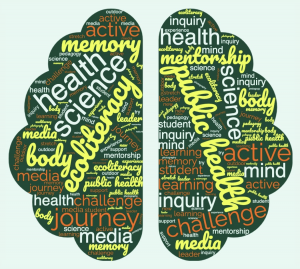 When I design assignments and curriculum, I am focused on experiential learning processes that help students take a durable memory away from their work. To me, this is itself an art. It incites creativity, vigor, expression, challenge, failure, beauty, and opportunity. It parallels the aspects of student learning that are the most powerful and enduring.
When I design assignments and curriculum, I am focused on experiential learning processes that help students take a durable memory away from their work. To me, this is itself an art. It incites creativity, vigor, expression, challenge, failure, beauty, and opportunity. It parallels the aspects of student learning that are the most powerful and enduring.
I love seeing the shift in ownership in students’ learning, when the assignment is no longer “mine” as I created it and becomes the student’s own expression of their experience. Engaging and interesting learning opportunities make it easy for students to capitalize on their own curiosity.
The adventure of bringing the tangible world into the digital space, and developments from the digital space back into the tangible world, nurtures creativity and artistic approaches. Podcasting, poetic, and media approaches allow students to learn new skills and share their experiences with the wider world.
Students’ Brains on Nature – Poetry
Carly H, UMR Student Leader and Mentor in EcoliteracySCHOOL (PUBH 3571) synthesized students’ mentorship reflections and field experience artifacts to author this poem for a class assignment.
Students’ Brains on Nature – Podcasting
Podcasting asks students to practice framing a story, researching, and communicating with the outside world in an interesting way. This EcoliteracySCHOOL student-created podcast centers on ecoliteracy, systems thinking, and health! It’s another way to learn outside-the-box! Students embraced the new challenges associated with art and media-based learning in public health and health science. Their learning artifacts offer an enduring gallery to share with the world.
About the author
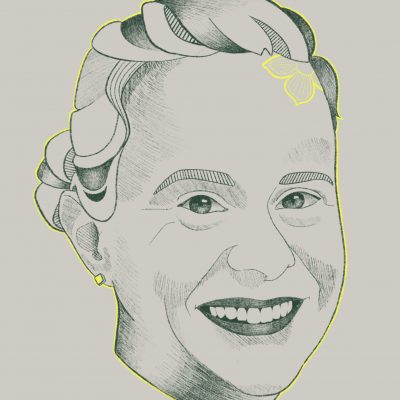
name: Jessie Barnett Schimek
Dr. Barnett spearheaded the Undergraduate Public Health Series at UMR, team-teaches nine public health and history courses, and leads a health-oriented outdoor learning program called EcoliteracySCHOOL with a public high school. During her IonE Educators Fellowship, she re-designed EcoliteracySCHOOL to increase accessibility and use of media, art, and photography.


